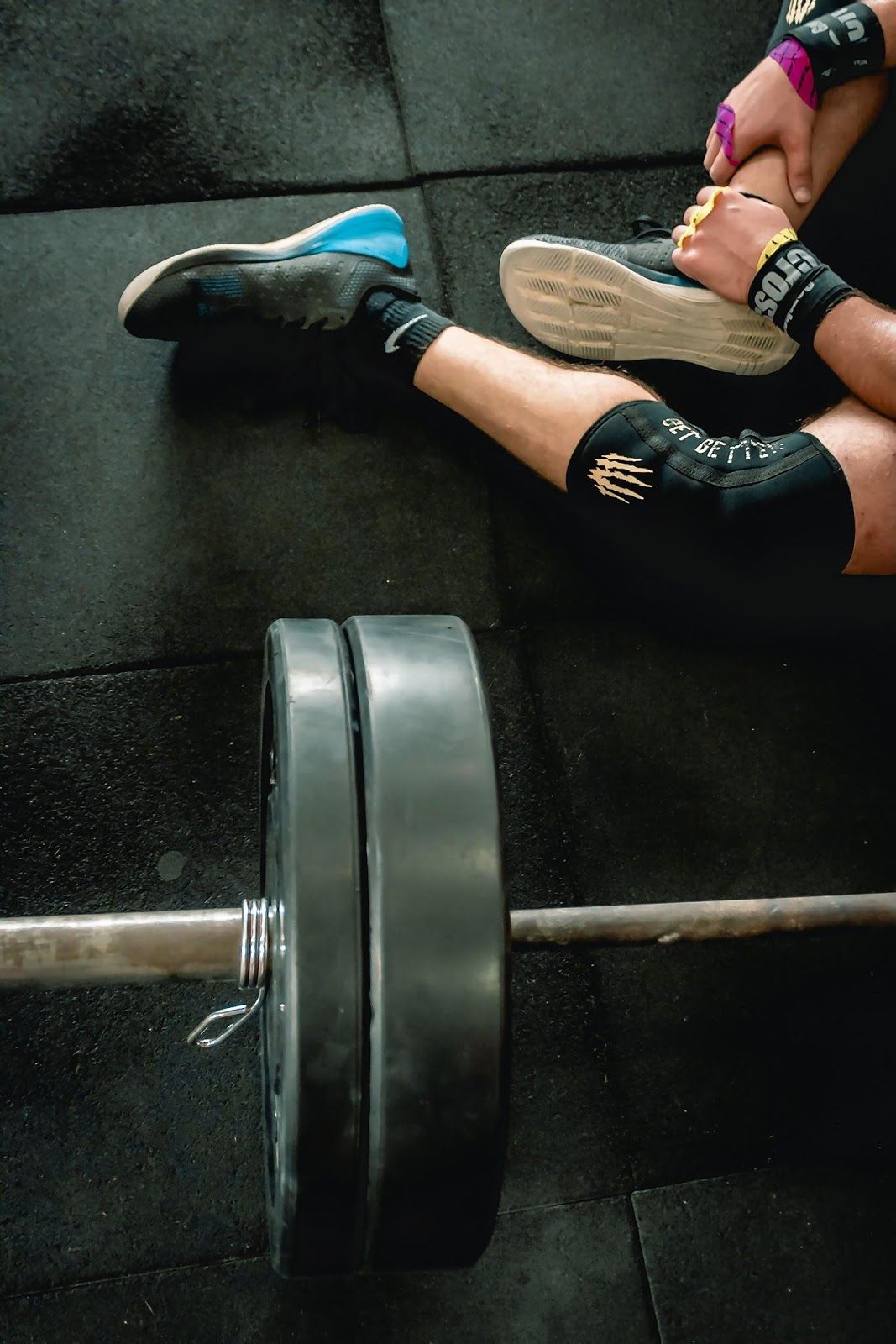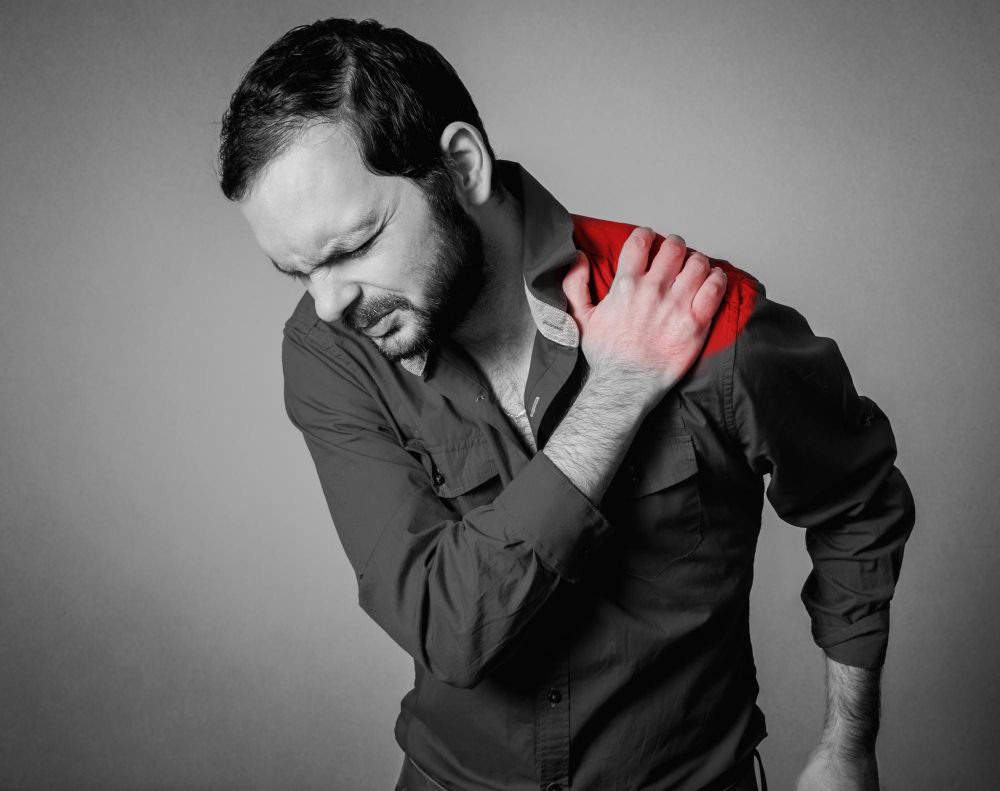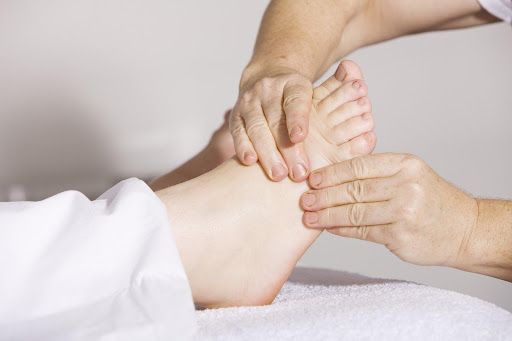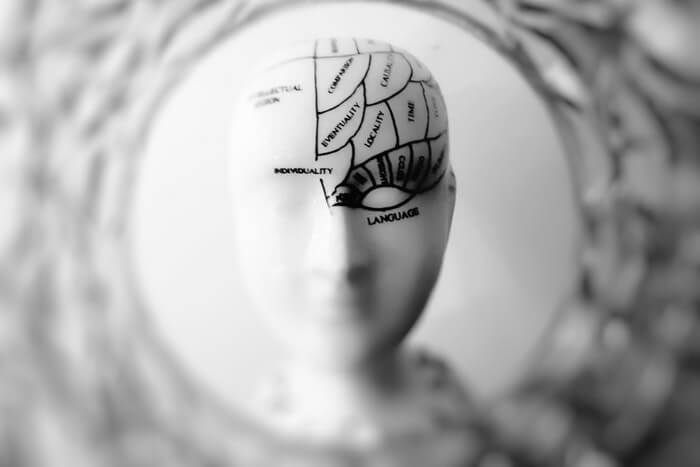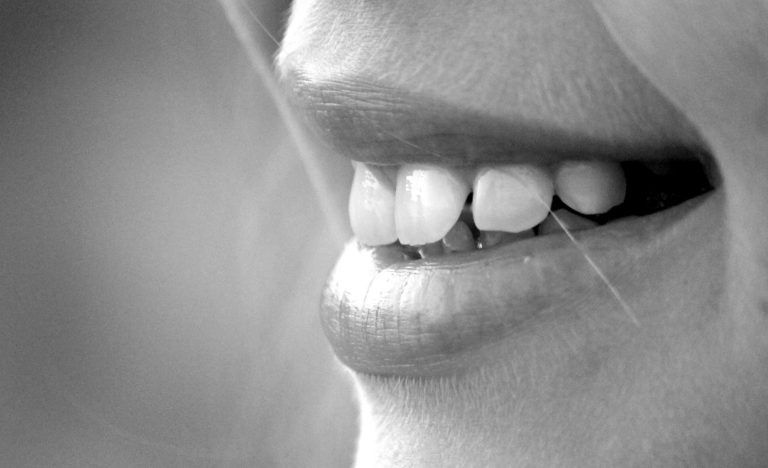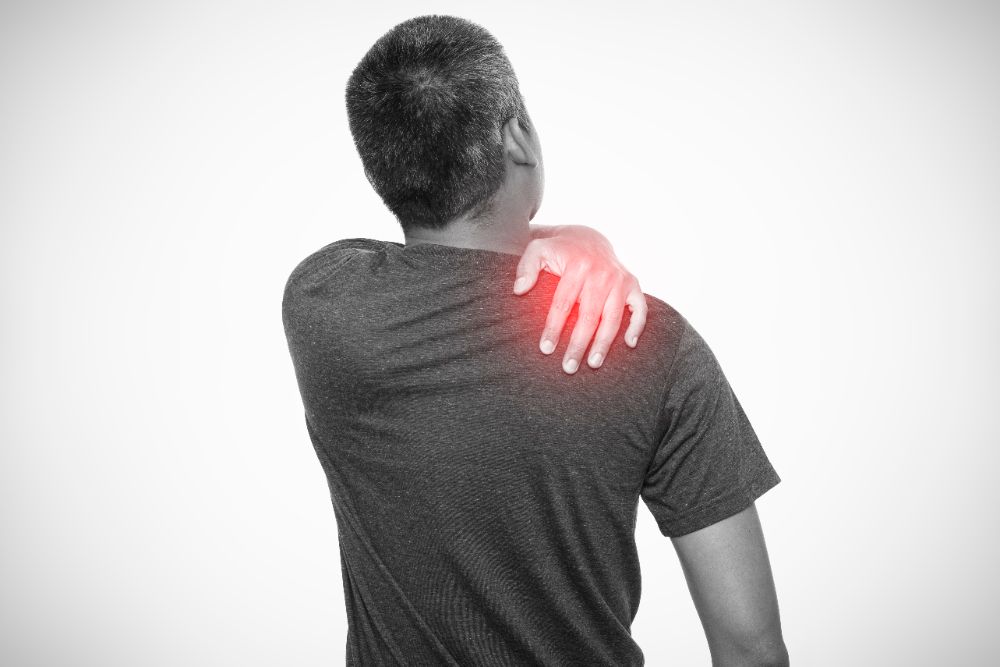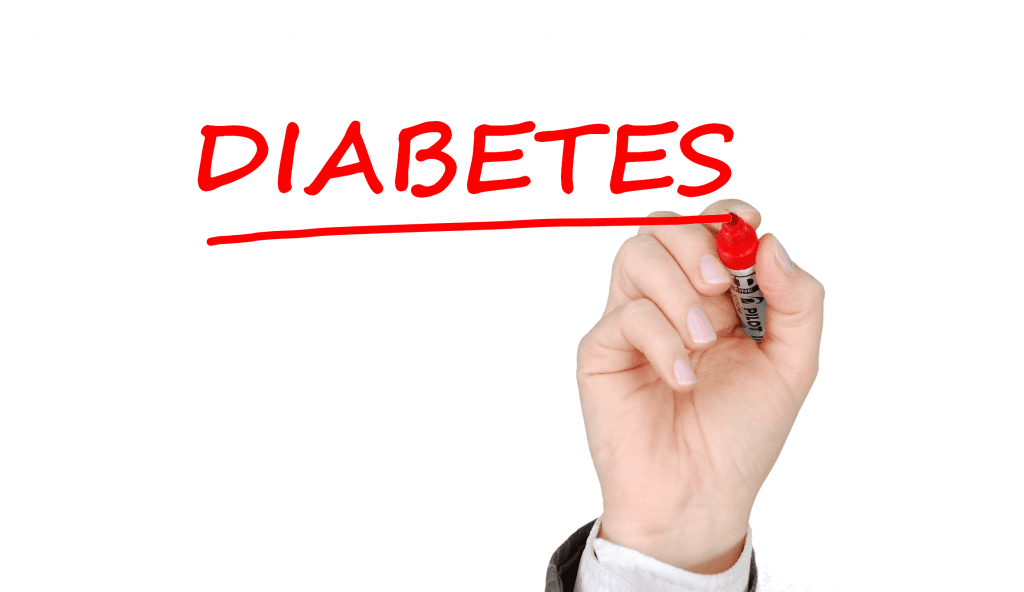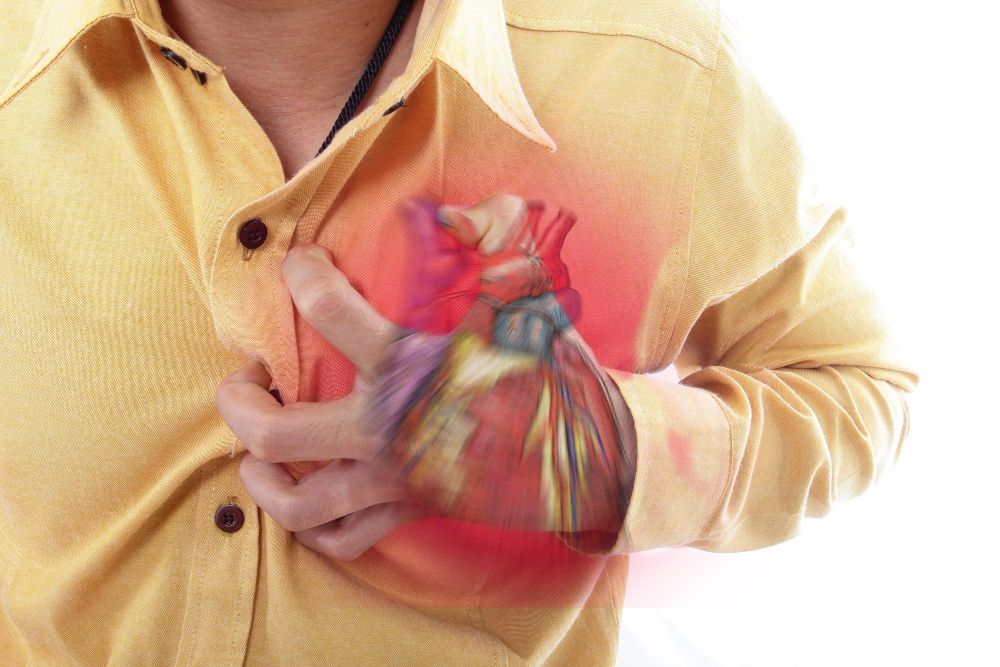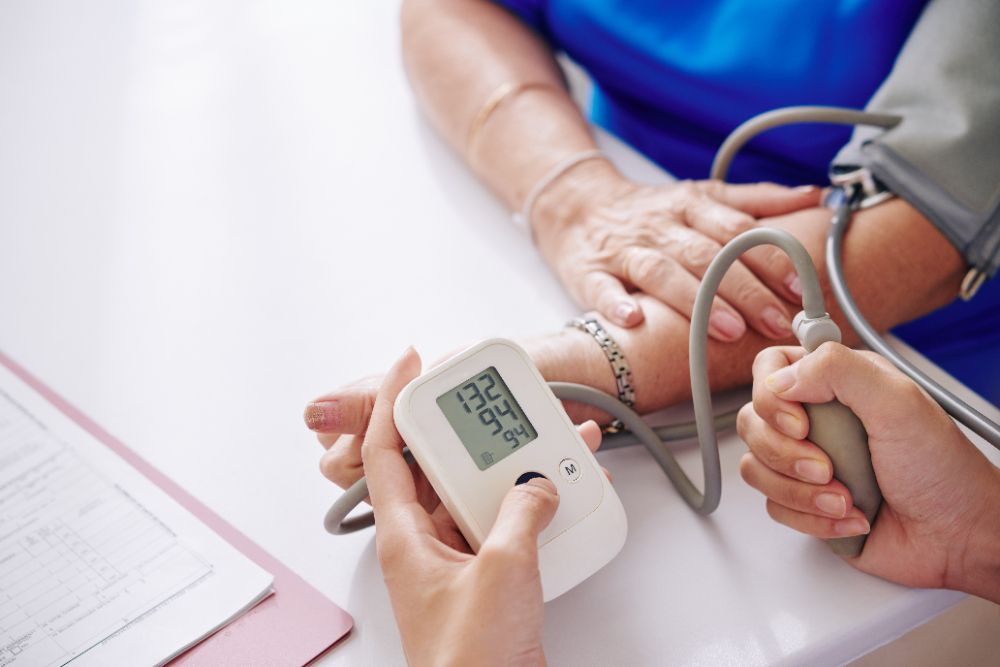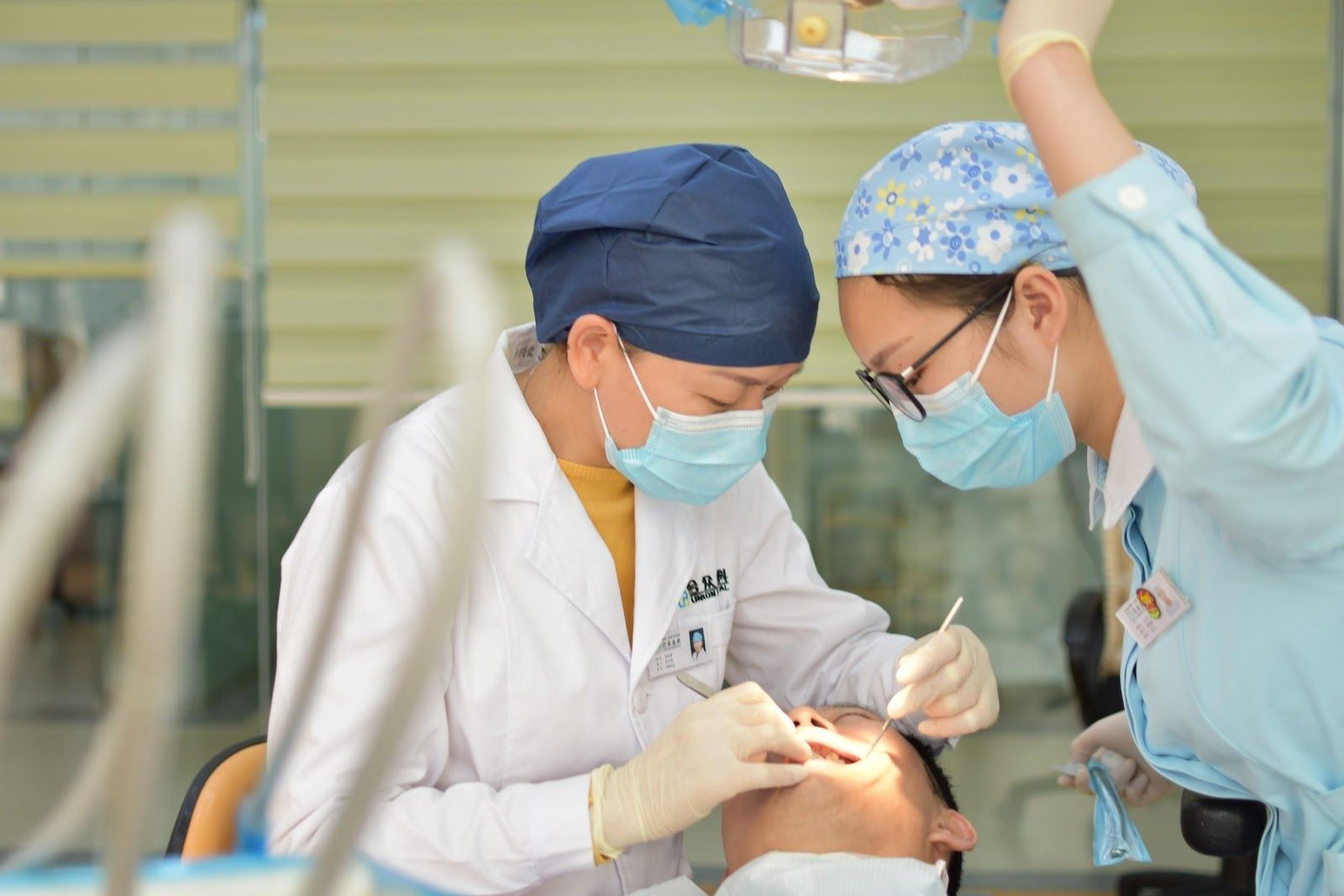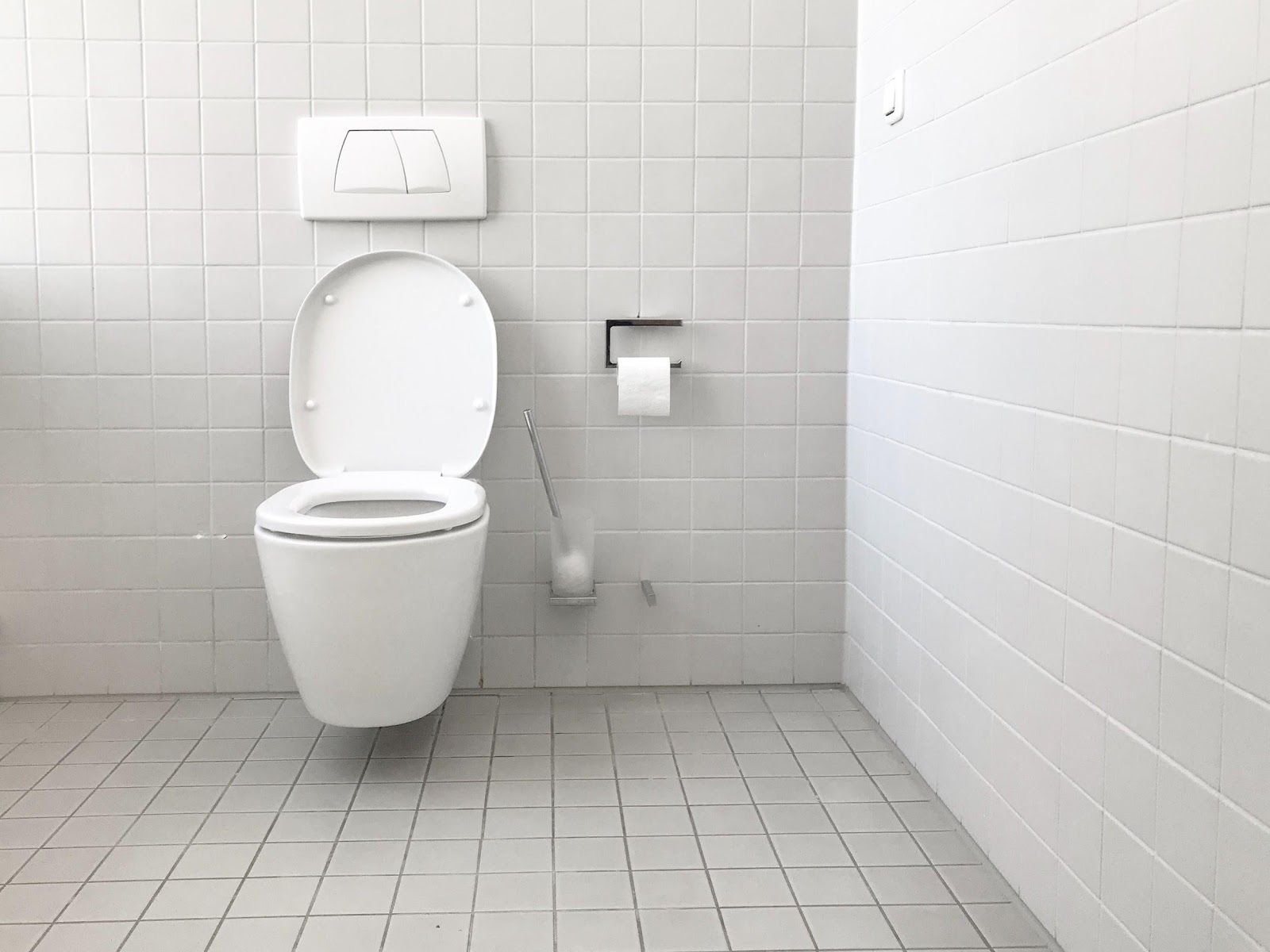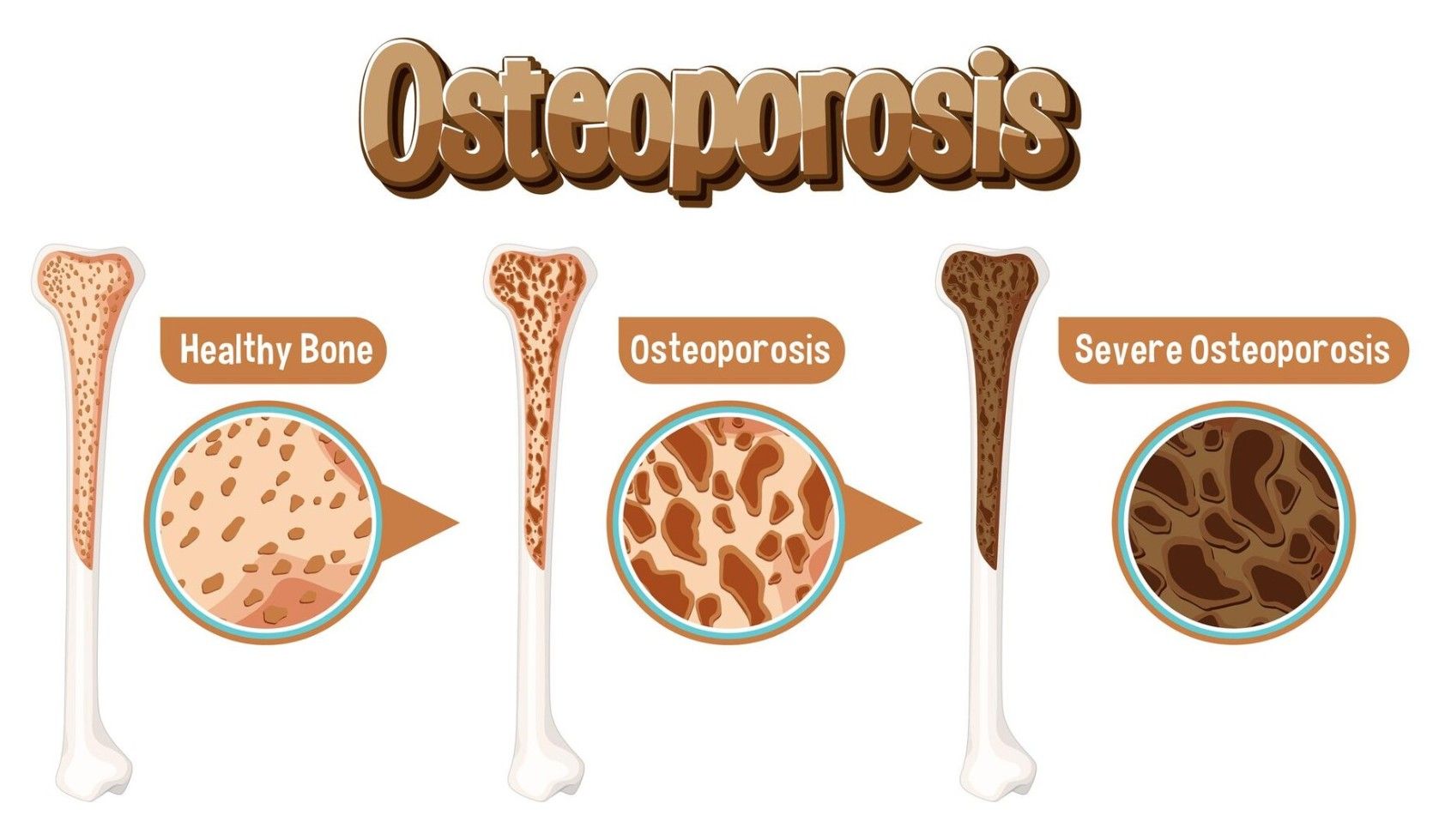Bariatric Surgery and Weight Loss
Bariatric surgery, also known as weight loss surgery, is performed on individuals suffering from obesity. It involves a variety of procedures that help in keeping off weight in the long-term and help in treating obesity as well. This in turn helps in improving cardiovascular conditions and also reduces mortality risk. The surgery entails removal of part of the stomach or a reroute of the small intestine.
New research suggests that bariatric surgery will be beneficial to persons with a BMI between 35 and 40 with no co-morbidities, or persons with BMI between 30 and 35 with co-morbidities.
In May 2016, leading authorities in the field and the International Diabetes Federation, suggested bariatric surgery can be considered as a standard treatment option for type 2 diabetes. Obesity and excess body weight are major factors for the development of type 2 diabetes. Type 2 diabetes accounts for more than 90% of diabetes cases reported globally.
Classification of procedures
There are three main categories of bariatric surgeries:
Predominantly malabsorptive procedures: These procedures reduce stomach size and create a physiological condition of malabsorption.
Biliopancreatic diversion: This is also called the Scopinaro procedure. The original version of this procedure is now rarely performed due to issues of severe malnourishment. This method has been modified into what is known as duodenal switch. The malabsorptive factor is so pronounced that persons who undergo this procedure must take more vitamins and minerals than is usually recommended. Medications to prevent gallstone formation are also recommended. In some cases, the gall bladder itself is removed.
Jejunoileal Bypass: This used to be performed between the 1950s and 1970s and is no longer done.
Endoluminal sleeve: This method, still in early stages, involves implanting a sleeve or liner in the upper part of the small intestine. This aims to alter hormonal changes in the body triggering metabolism and thus, weight loss. The liner is inserted and removed through the mouth. It is an incision-less procedure which is being studied for its efficacy.
Predominantly restrictive procedures
These procedures restrict oral intake of food limiting gastric volume, or creating a feeling of fullness early, with lesser risks of metabolic complications.
Vertical banded gastroplasty: This is also called the Mason procedure or stomach stapling. A part of the stomach is permanently stapled to create a smaller stomach pouch
Adjustable gastric band: This is a laparoscopic procedure, which is also referred to as “lap band”. The stomach is restricted using a silicone band which can be adjusted with addition or removal of saline through a port placed under the skin. This is considered on the safest procedures available in weight loss at present.
Sleeve gastrectomy: The stomach is reduced to about 15% of its original size, by surgically removing a large portion of the stomach, along the major curve. This is laparoscopic procedure and cannot be reversed. The incised edges are stapled or sutured together leaving the stomach shaped like a tube or banana or sleeve. This procedure can be used for persons with a high BMI. Significant weight loss is seen within the first year in most persons who undergo this procedure.
Intragastric balloon: A deflated balloon is placed into the stomach and then it is filled to occupy some of the gastric space. This balloon can be left inside for 6 months, within which period significant weight loss is seen. This procedure is sometime used prior to other bariatric procedures for initial weight loss. This procedure can also be done on several occasions.
Gastric placation: This is similar to the gastric sleeve procedure. In this procedure, the stomach lining is folded in several places to reduce the gastric size. This enables the person to feel fuller faster. It is a minimally invasive surgical technique and has produced significant results in most people who underwent it.
Mixed procedures
Mixed procedures use malabsorptive and restrictive procedures in combination.
Gastric bypass surgery: Roux-en-Y procedure is the most common type. A stomach pouch is created out of a portion of the stomach and it is attached directly to the small intestine. This way food bypasses a large part of the stomach and duodenum. This will restrict the amount of food the person takes, resulting in weight loss. However, a strict healthy pattern of eating should be maintained.
Sleeve gastrectomy with duodenal switch: This procedure combines two others, the gastric sleeve method and includes and duodenal switch. First, the stomach along the major curve is resected, forming a gastric sleeve, restricting the amount of food that can be taken. Next, intestines are rearranged to bypass a significant part, resulting in malabsorption. This procedure is irreversible.
Implantable gastric stimulation: A device, called neurostimulator, similar to a pacemaker for the heart, is implanted in right side of the abdomen. It will send mild electrical pulses to nerves and muscles of the stomach. The purpose of this activity is to stimulate the enteric nervous system which is interpreted by the brain to create a sense of fullness. This procedure is being studied and its efficacy is still to be determined.
Food intake after bariatric surgery
Depending on the procedure undergone by the individual, they are recommended appropriate diets with or without supplementation. Immediately after surgery, patients are put on a liquid diet broth, juices or gelatine based puddings, till the gastric tract has healed. Once, recovered, a diet usually low in carbohydrates and high in protein is recommended. This is partially because carbohydrate foods can increase weight and partially because only a small amount of food can be eaten at a time. Therefore, although small, a protein rich portion will provide more and sustained energy than a starchy portion. A diet low in sugar, fat and alcohol is recommended.
Patients have trouble drinking significant amounts of water at a time since gastric volume may not allow for that. Repetitive sips of sugar-free drinks can help the patient stay away from dehydration.
Results of surgery
The number one result is, of course, weight loss. And this varies from procedure to procedure. However, revolving around this weight loss are other results. Some of the co-morbidities of obesity and overweight are reduced. Effects of cardiovascular risks, diabetes, metabolic disorders, etc. are lesser. Psychological health also undergoes a significant positive change. Changing body image, better health and general wellness contribute to the patient’s mental health.
Ten Effective Remedies That You Can Refer to When You Are Suffering from Muscle Cramps
Finally starting off with the gym life can get too overwhelming until you hit those muscle cramps along with the weights.
Skin Tags - Benign Tumor or Cancerous Tumor?
Skin tag if observed is a narrow stalk that hangs about your skin, bulging at the end. They are usually freshly colored and can grow anywhere on your body.
Laryngeal Reiinervation Procedure at KIMS Hospital
Mr. K.P 56-year-old business executive from Bangalore underwent a thyroid surgery two years back.
Rotator Cuff Tear
A rotator cuff tear is a rotator cuff injury that can cause shoulder pain and loss of arm function. The rotator cuff is a set of muscles and tendons in your shoulder.
4 Not So Common Health Problems in Teenagers
The current generation of teenagers have far more access to technology and gadgets than their parents did.
Become an Expert at Pain Management with These Seven Techniques
Pain is a very common condition, it can be acute and chronic. It is a pathologically complex condition. Pain can be caused by injuries, surgery or diseases such as cancer, arthritis, obesity.
Can You Increase Your Brain Capacity?
Did you know that you can ‘upgrade’ your brain? Your intellectual and creative potentials are not set in stone nor do they depend solely on your genetics.
Taking Care of a Terminal Patient? Here Are Six Ways to Help Them to the Fullest
A terminally ill patient is someone who has a relatively short life expectancy. Terminally ill people are usually shifted from an actively curative medicinal regime
Stages of Tooth Decay and Their Treatment Options
Tooth decay refers to the degradation process of the structure of the tooth resulting in permanent damage.
12 Home Remedies for Dry Cough
The flu, common cold, asthma, cigarette smoke exposure, and other conditions can all cause a dry cough. Home remedies such as honey, peppermint, and air purifiers may be beneficial.
Shoulder Dislocation
Shoulder dislocation occurs when the bones of your shoulder joint are pushed or forced out of their normal positions.
5 Facts to Keep in Mind for Your Monthly Menstruation Cycle
Our menstruation indicates multiple activities within your body. Every month, your uterus forms a thicker lining for the ovary to release an egg for a possible pregnancy.
Different Types of Diabetes
Junk food and increasing physical activity are leading to a worldwide epidemic of obesity, resulting in diseases like diabetes
Dilated Cardiomyopathy
Dilated cardiomyopathy is a form of heart muscle illness in which the heart chambers (ventricles) weaken and stretch, becoming bigger.
Hypertension (High Blood Pressure)
High blood pressure, also known as hypertension, is a condition in which the blood flow against the inner walls of the arteries is persistently high.
3 Cosmetic Dentistry Procedures You Did Not Know About
Over the past few years, cosmetic dentistry has undergone significant evolution in society. With the increasing demand for cosmetic dentistry, it is no longer a luxury; it has become a necessity.
5 Lifestyle Changes That Will Help with Your Urinary Incontinence
Urinary Incontinence is quite a painful and embarrassing condition to have. It refers to the loss of bladder control, which can vary from a slight release of urine after sneezing, coughing, or laughing, to a complete inability to control urination.
5 Tips This Summer to Avoid Heatstroke
Certain jobs demand fieldwork in the scorching heat. The warm weather, bright sun, and the blue skies are not always an excellent working environment for them at all.
6 Home Remedies for Yeast and Vaginal Infections
Yeast infection is common among women. You might have had the experience of irritating soreness and itching that prolonged for days due to not knowing about the cause.
Aortic Dissection
An aortic dissection is a tear in the aorta. This is the primary artery that transports oxygen-rich blood from your heart to the rest of your body.
Bariatric Surgery and Weight Loss
Bariatric surgery, also known as weight loss surgery, is performed on individuals suffering from obesity. It involves a variety of procedures that help maintain long-term weight loss and also aid in treating obesity.
Best Foods to Cleanse Your Liver
Your liver is one of the largest organs in your body and its primary function is to filter the system by converting toxins to waste products, cleansing your blood and process various nutrients.
Infertility and its Major Causes and Treatments
Infertility is an issue that’s on the rise – not just in India but all over the world. It’s estimated that, on average, one out of every six couples has had issues with infertility.
Precautions to be Taken to Avoid Eosinophilia
Let’s begin with talking about eosinophils – they are just a type of white blood cells that are laden with reactive chemicals which get released under specific conditions to cause mayhem in the body
What is BMD Assessment and its Significance in Treating Osteoporosis
Osteoporosis is that creepy monster lurking in the dark, waiting to manifest itself as you age and get less active.
Related Blogs
Ten Effective Remedies That You Can Refer to When You Are Suffering from Muscle Cramps
Finally starting off with the gym life can get too overwhelming until you hit those muscle cramps along with the weights.
Skin Tags - Benign Tumor or Cancerous Tumor?
Skin tag if observed is a narrow stalk that hangs about your skin, bulging at the end. They are usually freshly colored and can grow anywhere on your body.




